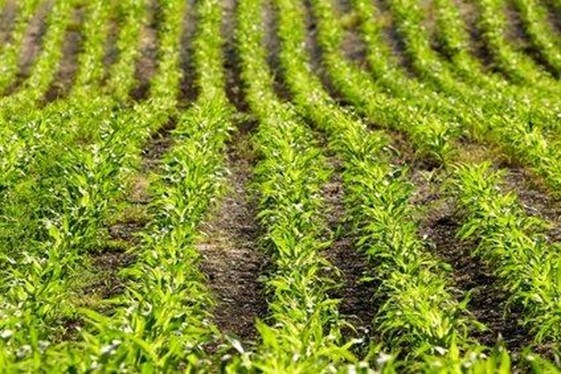Sustainable production of maize can be both beneficial in reducing the environmental impact of growing maize but also improves the overall soil quality. One of the ways in which this can be achieved is by avoiding bare fields over the Winter.
Soil damage, nutrient loss and erosion of the field can all be contributing risk factors of harvesting maize late on in the year with no following crop until Spring.
Early Maturing maize varieties
In more recent years many maize growers have been switching to high yielding, early maturing maize varieties.The development and availability of these have made this transition more possible than it has been in previous years.
A large number of growers are now realising the need for change in maize varieties, with a vast number making the switch. Ensuring harvest is completed by mid- October maximises the chances of successful travel and reduces the impact upon the soil.
Undersowing mazie crop
Two of the major risks if maize if not under sown are mainly weather dependent as these risks are either a delayed harvest or such a wet period after harvest it prevents the following crop being established.
However, for maize growers producing grain this is the only realistic option due to a November harvest.
Livestock and anaerobic digestion producers should consider the options and whether establishing cover after harvest is possible.
Two options in how to establish undersown crops are either to plant it 4-6 weeks after maize drilling or the same time as the maize is drilled.
However, planting at the same time as maize does requires a specialist drill that can drill both maize and grass simultaneously. There is one advantage to this in that it can be a reliable one-pass method for establishing the grass early, plus minimising competition with the maize crop and precise seed placement.
SFI Payments
Under The Sustainable Farming Incentive a payment of £203/hectare is available under the option SOH4: Winter cover following maize crops. You will have 12 months to complete the option once you have an SFI agreement.
After harvesting a maize crop, you must establish a winter cover crop which will not be harvested as a cash crop.
You must do this by either:
-
Establishing a quick growing cover crop as soon as possible after harvesting the maize crop, in time to establish before winter (this will usually be no later than around mid-October)
- Maintaining a cover crop that was established by under-sowing the maize crop earlier in the year that remains after the maize crop is harvested
The purpose of this options is to:
-
Reduce the risk of soil erosion and surface runoff
-
Slow water runoff and allow soil to settle out, to reduce losses of sediment, nutrients and chemicals carried in the surface water
-
Help take up nutrients and reduce nitrate leaching through the soil profile



